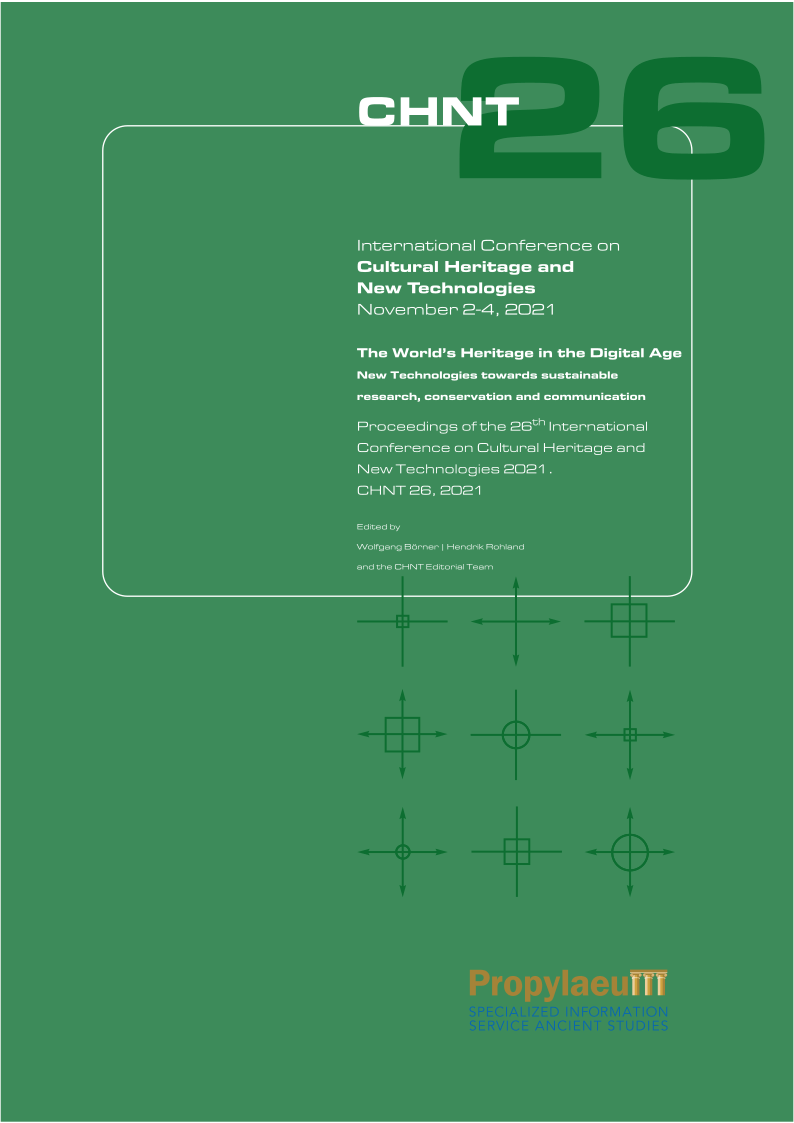Expert System & Thesaurus of Concepts and Terms «Byzantine Law and Acts»
"Byzantine Law and Acts"
Keywords:
Expert System, Thesaurus, Byzantine lawAbstract
Byzantine law and acts are an integral part of the world cultural and scholarly heritage. Its study demands the application of new digital technologies. The Expert System "Byzantine law and acts'' (ES) is represented as a conceptual project (Fig. 1), which provides for the development of a standalone version of ES as well as online ES and Thesaurus of law concepts and terms. The building of the ES complex is carried out following the principles of a systems approach to the development and implementation of means, which ensure a free access to video-, audio- and text-information of expert data on the monuments of Byzantine law and acts. The centre of expert data is information array of Knowledge base "Annotations" (KBA). It, including primarily textual information, is designed to support the information and analytical expertise of materials of Byzantine law and acts as a scientific and critical apparatus. The Block of information expertise (BIE) is the main means of storage and direct representation of expert knowledge in structure of ES. BIE accumulates expert data in the proper sense of the word, including video-, audio- and text-interview of leading branch specialists as well as graphics (schemes and tables) and visual materials, employees to get expert evaluations.
References
Computational Linguistics and Intellectual Technologies. (2021). Paper from the Annual International Conference “Dialogue”, Moscow, 16.–19. June, 2021, Studies in Dialogue, Moscow, RGGU, Issue 20 (27), 764 p.
Giarratano J. and Riley G. (2005) Expert Systems: Principles and Programming, Boston, Course Technology, 288 p.
Lukashevich, N. (2011). Tezaurusy v zadachakh informatsonnogo poiska. Moscow, MGU, 508 p. (In Rus.)
Shemakin, Yu. and Romanov, A. (1995) Komp’yuternaya semantika. Moscow, Shkola Kitaygorodskoy, 342 p. (In Rus.)
Totomanova, A. M. (2017). Diakhronnyy korpus bolgarskogo yazyka: sostoyanie i perspektivy, Fililogija, Zagreb, Kn. 68, pp. 223–242 . (In Rus.)
Vin, Yu. (2020). The Reception and Transliteration of Concepts and Terms of Byzantine Law, Cognitive Aspects of Systematization, Studies in M. Božić, T. Matović, eds, Mélanges Srđan Šarkić, Beograd, SANU, pp. 203–224.
Vin, Yu. and Kondratiev, Dm. (2016). Tekhnologicheskie aspekty proektirovaniya elektronnogo tezaurusa ponyatiy i terminov ekspertnoy sistemy “Vizantiyskoe pravo i akty”, Studies in Informatsionnyy bulleten’ assotsiatsii “Istoriya i komp’yuter”, Materialy XV mezhdunarodnoy konferentsii AIK, Moscow, MGU, pp. 156–158. (In Rus.)
Vin, Yu. and Kondratiev, Dm. (2013). Izuchenie vizantiyskogo prava i ego retseptsiy: dB ''Vizantiyskoe pravo'', Studies in V. N. Vladimirov, I. M. Garskova, eds., Krug idey: bazy dannykh v istoricheskikh issledovaniyakh, Barnaul, AGU, pp. 35–71. (In Rus.)
Vin, Yu. and Kondratiev, Dm. (2012). Information Approach to Studying Byzantine Law and its Receptions, Byzantinoslavica, Prague, Vol. LXX, Part. 1–2, pp. 76–96.
Vin, Yu. and Kondratiev, Dm. (2012). Kognitivnyy podkhod — smena paradigm istoricheskogo issledovaniya: po materialam informatsionno-analiticheskogo kompleksa “Vizantiyskoe pravo”, Istoria: Znania o proshlom v politico-pravovykh praktikakh perekhodnykh periodov vsemirnoy istorii, Elektronnyy nauchno-obrazovatel’nyy zhurnal, Moscow, IVI RAN, Vyp. 3(11), pp. 42–83. (In Rus.)
Downloads
Published
Conference Proceedings Volume
Section
License
Copyright (c) 2023 Yury Vin, Dmitry Kondratiev

This work is licensed under a Creative Commons Attribution-NonCommercial-NoDerivatives 4.0 International License.
The CHNT older Proceedings are licensed under the creative commons license CC BY-NC-ND 3.0.
From the issue 26 on, they will be licensed under the creative commons license CC-BY-SA 4.0


